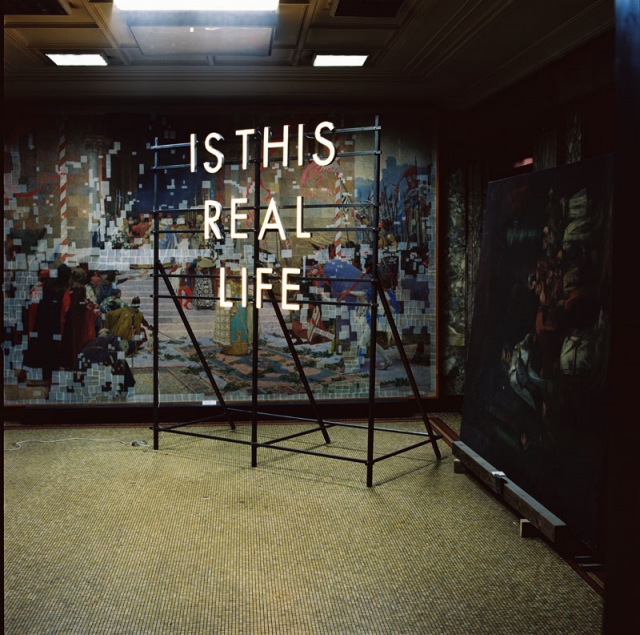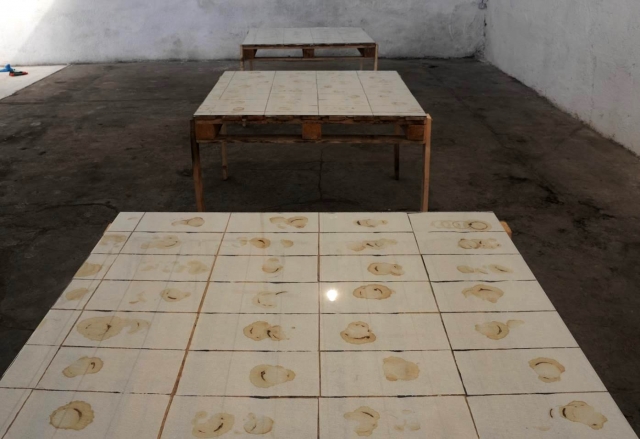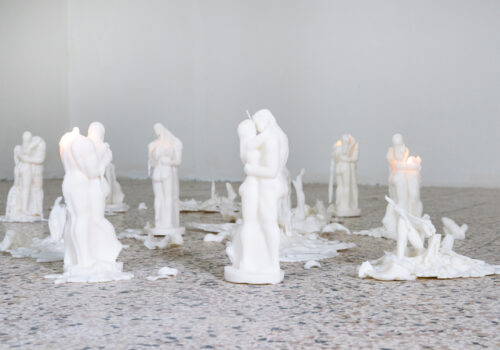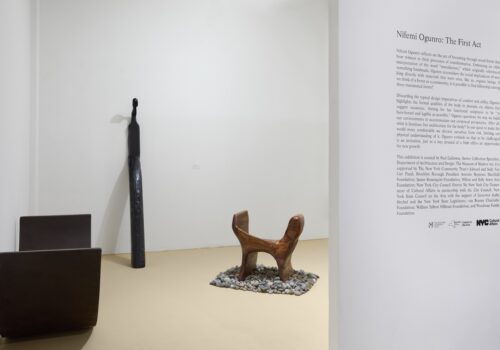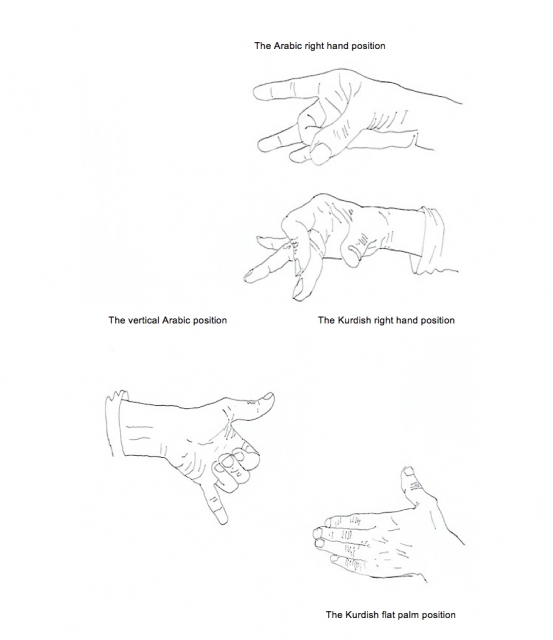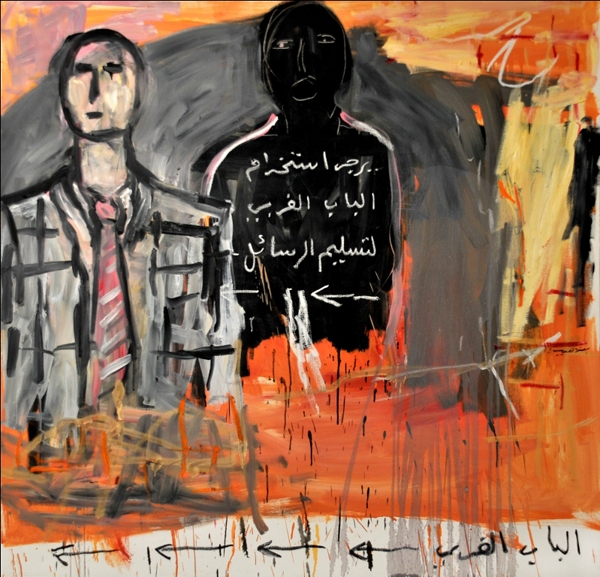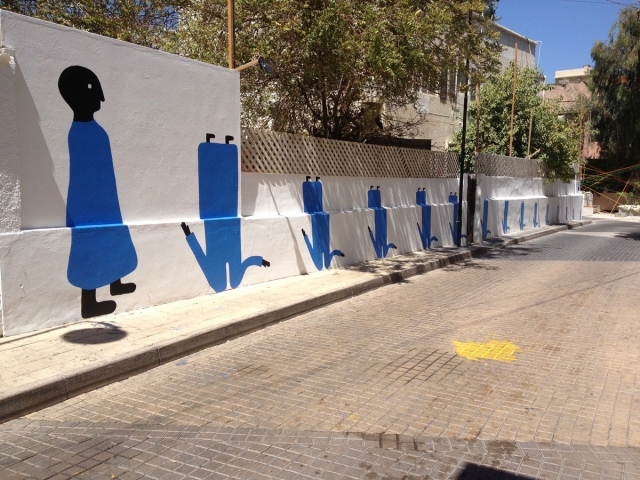The Field is to the Sky, Only Backwards, is an exhibition curated by ISCP alum Aneta Szylak, Artistic Director of Wyspa Institute of Art and Alternativa International Visual Arts Festival, Gdansk. The exhibition includes works by Anders Bojen and Kristoffer Ørum, Lawrence Abu Hamdan, Hiwa K, Katarzyna Krakowiak, MML Studio (Michał Madracki, Maciej Madracki and Gilles Lepore) and Hito Steyerl and questions art as a practice of knowledge.
Studying the intersections of subjects such as economic and social relations, space and architecture, image, material, sound, movement, migration and mobility, the included artists transgress disciplines. They realize forms of research and modes of practice that are coded within disciplines but also inhabit temporary spaces between them. The artists disclose not only what we want to know but how we would like to get to know it. Diverse methodologies merge and cross in the exhibition, seeking the possible in fault lines.
Aneta Szylak is a curator, writer, and the co-founder and current Director of Wyspa Institute of Art. Since 2010, Szylak has been Artistic Director of Alternativa, a series of exhibitions accompanied by numerous additional events, which seeks new directions for art and its social role. After co-founding and running the Laznia (Bathhouse) Centre for Contemporary Art (1998-2001), she continued her career as an independent curator and researcher. Since 2004, Szylak has been responsible for programming Wyspa—the intellectual environment for contemporary visual culture—in the Gdansk Shipyard.
The title of the exhibition is taken from the poem by Laurel Snyder The Field has a Girl from the book, The Myth of the Simple Machines.
As part of Independent Curators International (ICI)’s Curator’s Perspective series, Aneta Szylak will present her current research interests and curatorial projects on September 5, 2013 at 7pm at The Segal Theater, The Graduate Center CUNY, 365 Fifth Avenue, New York, NY 10016.
Travel for The Field is to the Sky, Only Backwards is supported by Adam Mickiewicz Institute and Municipality of Gdansk.
